Amercian project to breed Mongolian dog to save snow leopards and wolves
SocietyUlaanbaatar /MONTSAME/ The project called “Mongolian Bankhar Dog” was founded by Bruce Elfstrom, an American biologist by training and expedition company operator by trade, many years after he began traveling to Mongolia in 2006.
Bruce's Mongolian expeditions often saw him stay in circular ger homes with nomad families on the Mongolian-Manchurian steppe — an undulating eco region that sprawls across one of the world's most sparsely populated and climactically harsh countries.
One night, while staying with a nomad family in a valley, Bruce and his companions abruptly awoke to the sound of howling wolves encircling their ger camp.
Mongolia is home to many native predators, including wolves, snow leopards and eagles, that prey on nomad families' main livelihood of yaks, sheep, horses and cattle.
By the time that night's pack of wolves moved on, 17 horses and 30 other livestock were dead.
This loss of livestock left the nomad family devastated, and Bruce wondered about the historical solutions of people so dependent and connected to animals and the land.
"There must have been a way they dealt with [native predators] currently or in the past because that kind of loss was not sustainable," Bruce said.
Like many herder cultures globally, Mongolian nomads have a long history of using livestock guardian dogs to protect their animals and to keep them company on the isolated steppe.
But this tradition decreased in prevalence in the last century, as industrialization took hold in Mongolia and collective farming became more common under the Soviet regime between the 1950s and 1989.
The Bankhar — a huge shaggy dog evolved for the region's minus 40 degrees Celsius winters — simultaneously dropped in numbers due to a range of factors, from their declining relevance on the steppe to rising demand in overseas markets linked to the lucrative Tibetan Mastiff trade.
"There was also a trend in the 40s and 50s to use the dogs as fur coats. It's kind of grim," Doug said.
Now, when Mongolia's herders face native predators, they sometimes have little option but to shoot these animals, meaning populations of wolves, snow leopards and eagles across Mongolia are under threat.
The Mongolian Bankhar Dog Project hopes to help address this ecological issue by re-introducing herder dogs to families that have lost the tradition in recent generations.
The conservation project could have feasibly utilized any type of livestock guardian dog, however Bruce believed nomad families would be most likely to adopt the Bankhar — a source of national pride in Mongolia.
But first Bruce needed somebody on the ground in the country's capital, Ulaanbaatar, to source and breed purebred Bankhar dogs in tandem with a Cornell University geneticist interested in the breed's primitive links to the human race's first domesticated dogs.
This is how Doug found himself in Mongolia for the first time in 2014.
The 28-year-old aspiring conservationist first learned about Bruce's plan to breed a rare Mongolian dog while working for his expedition company in his youth, but had never actually seen a Bankhar until he landed in Ulaanbaatar.
"I'd done a bunch of reading, which is great, but it doesn't really prepare you for life," Doug said.
Doug eventually made contact with a local dog breeder, who was already sending dogs off ad hoc to the countryside, and wanted to help The Mongolian Bankhar Dog Project with their more formal conservation program.
The first two dogs sourced off the breeder were an amber-orange male called Arslan — the Mongolian word for lion — and a black female dog called Red Scarf.
"When we got her she had a red scarf around her neck. The name kind of stuck," Doug said.
Like many primitive dog breeds, the female Bankhar only goes into heat once a year, falling pregnant in the autumn and giving birth in the very coldest depths of winter.
Arslan and Red Scarf's puppies, born just before Christmas and fortunately after Doug and his locally-based team erected their enclosure, were followed by several other litters born to other dogs and the arrival of another young American, Devin Byrne.
"I really love dogs. I've never worked with sheep before though. I don't know if I love them as much as dogs," Devin said.
"You place the puppy, as soon as its eyes are open, with sheep. They'll interact with them and be totally fine with [the livestock on the steppe]."
Together, Devin and Doug have spent this year placing the puppies with herder families and simultaneously working through unexpected barriers, such as local's concerns about Bankhars being spayed or dog fighting groups eyeing off the valuable breed.
"A lot of herders don't want [lighter coloured puppies] because they say sheep will see a lighter coloured dog and won't be scared of wolves anymore. It's a tradition we didn't know about until this project," Doug said.
"And apparently, dogs like to eat trash," which can cause health problems.
But the duo said taking bloated and gassy puppies to the vet for emergency treatment was worth it for the experience of living in a unique country and working to protect native animals.
"[The Bankhar] has a cool demeanour. They're surprisingly laid back and tolerant of everything, and they're just tough. They live outside in Mongolia in wintertime on the steppe. They're indestructible," Doug said.
The project has successfully placed 15 puppies with herder families in tandem with park rangers, influential Mongolian elders and a native predators conservation group, The Snow Leopard Trust.
 Ulaanbaatar
Ulaanbaatar







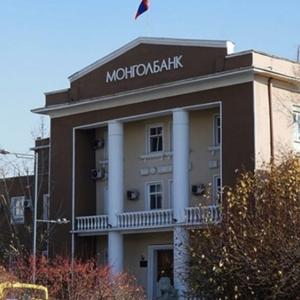



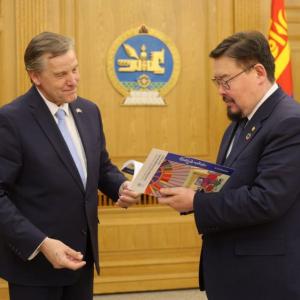










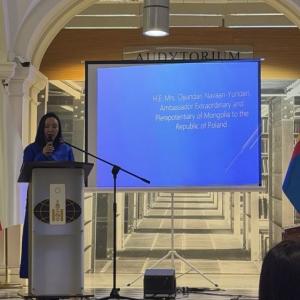

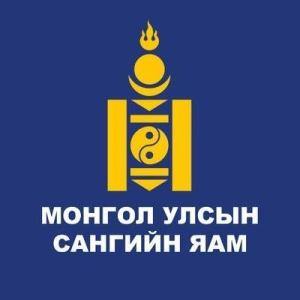


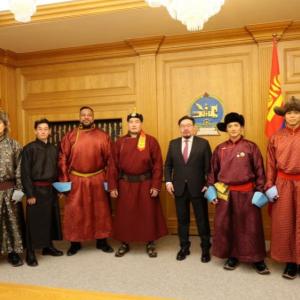

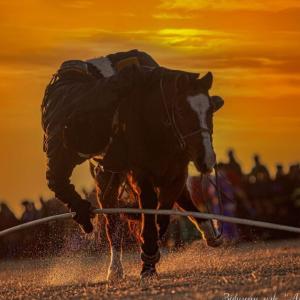





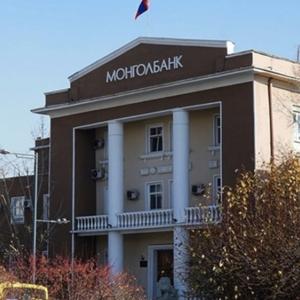








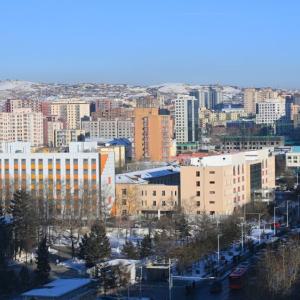
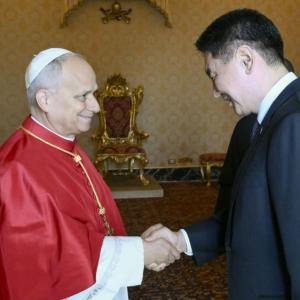
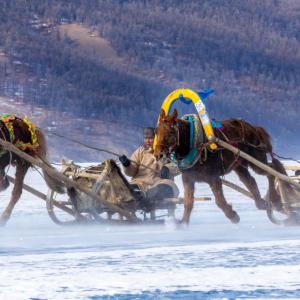
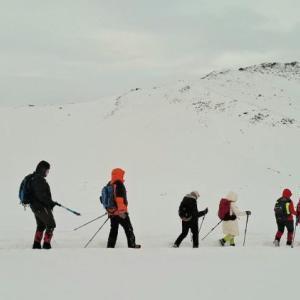
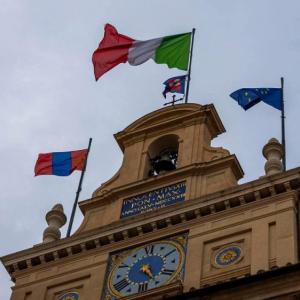



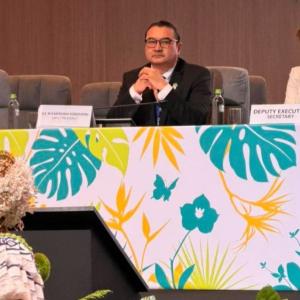





















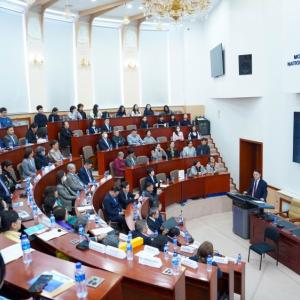



コメント